Capture the Moment!
Since 2013, I’ve published hundreds of blog posts on all aspects of photography. Some are aimed at helping photographers with their technique, settings, and equipment, but others describe my exhibitions, workshops, and adventures in Africa, Antarctica and beyond.
Feel free to browse chronologically or click on the heading above any post for specific categories, such as Equipment, Trips or Hints and Tips.
If you’d like to write a guest post, I charge £50 + £10 per dofollow link. Please drop me a line on +44 7942 800921 or at nick@nickdalephotography.com.
(Please note that some posts contain affiliate links from which I can earn a small commission.)

How to Recover Deleted Professional Photos from Your DSLR’s Memory Card
Professional photographers rely on a DSLR memory card to store high-quality RAW files, so any sudden loss of photos creates an immediate problem. Luckily, deleted photos usually remain on the card for a while because the camera only marks their space as free instead of wiping the data. This short window makes recovery possible. To help you proceed with recovery smoothly, below we outline the most reliable methods for photo recovery from SD card and explain how to protect your memory card during the process.

The Photographer’s Workflow: How Planning Systems Keep Creative Projects on Track
Every photographer, whether a hobbyist or a full-time professional, knows the thrill of capturing an image at exactly the right moment. But behind every polished portfolio, every seamless client session, and every beautifully executed long-term project lies something less glamorous but absolutely essential: organisation.

Top Tips for Wildlife Photography at Dawn
There is something magical about the quiet times just before dawn — the world only half awake, the air sharp, and animals stirring. Taking wildlife photos in such conditions is highly rewarding and equally challenging. Animals are most active at dawn, and light shifts every minute. Every decision, from camera settings to position, affects how the story unfolds in your frame.

The Educational Benefits of Taking a Photography Course
Being able to take and share pictures is becoming more and more important in today's world, where pictures are everywhere, from social media posts to business marketing materials. You can learn a lot in a photography class, whether you want to get better at it as a hobby or make a living as an artist. Students learn more than just how to use tools in these seminars. They also help them learn how to think critically, be more creative, and find tools that will help them in their personal and professional lives.

Exploring Photography Niches in College: Finding Your Path as a Pro
So, you’ve picked up a camera, snapped a few incredible shots around campus, and now you’re hooked. Welcome to the world of photography! Whether you started just for fun or stumbled into it while taking pictures for your student club, photography can quickly become more than just a hobby. But here’s the thing: photography isn’t just one big bucket. It’s a whole spectrum of niches, each with its own vibe, gear needs and creative demands.
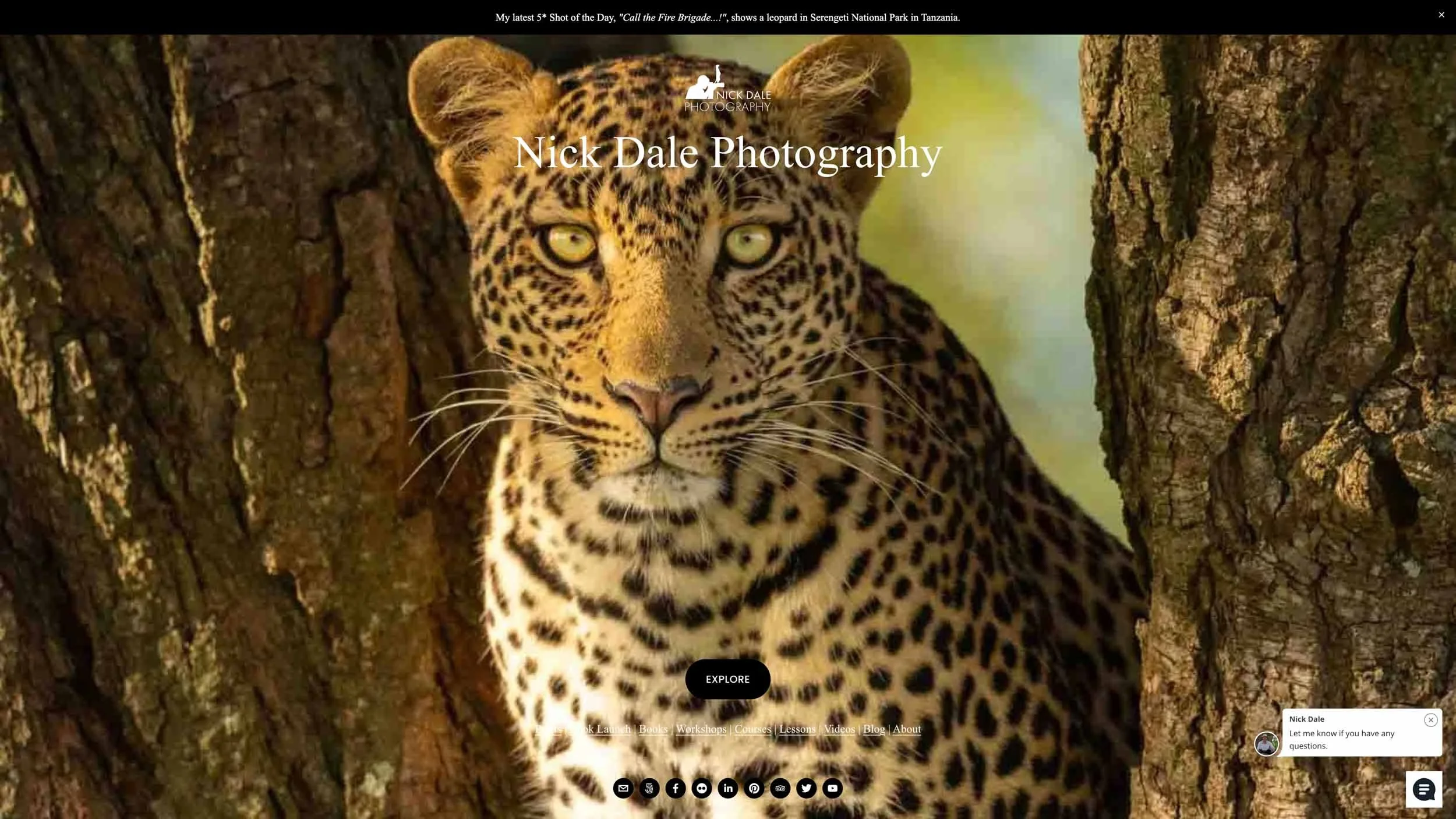
How to Build a Photo Portfolio
If you want to impress people as a photographer, show them fewer photos! If people see one or two stunning images, they’ll probably say, “Wow!”, but if there are too many, it’s more likely to be “Meh…” The key to building a successful portfolio is showing only your very best work—ie ‘fake it ‘til you make it!’
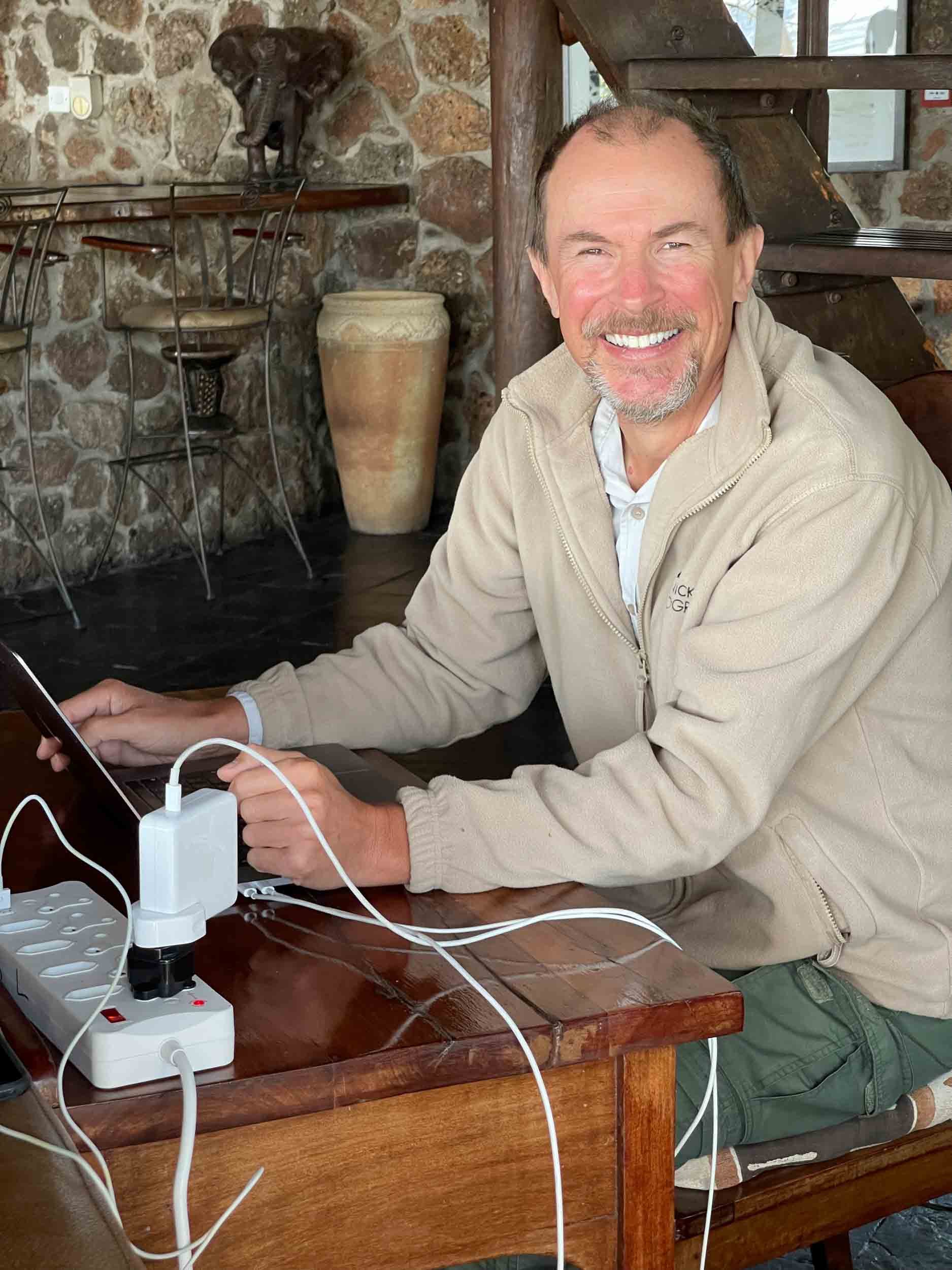
Photography Lists
I’m a listmaker. Always have been. Always will be. And if you need help with your photography career, you might want to check out a few of my lists. I can offer you lists of stock agencies, lists of Facebook groups, lists of safari lodges and lists of wildlife photographers. Coming up with an exhaustive list can be, well, exhausting, so I hope this post will save you a lot of time and effort!

Mastering Wildlife Photography From Your Campervan
If you're a passionate wildlife photographer, life on the open road isn't just a way to travel—it's a vital part of how you immerse yourself in the natural world and capture it through your lens. There’s nothing quite like waking up at dawn to birdsong, watching mist rise over a remote forest, or positioning yourself at the edge of a loch just as wildlife begins to stir.

How to Personalise Your Photos
Wildlife photographers sometimes talk about how flattered they are when someone tells them, “I knew immediately it was one of your photos.” I’m not sure how true that is (!), but it raises a few questions. Is it important to have a certain ‘look’? What should it be? How can you achieve it? Let’s discuss all those questions—and more!

A Beginner’s Guide to Wildlife Photography
Wildlife photography starts with a passion. This shot of a bear is probably my favourite—but it was a long time coming! The summer after I left university, I went to visit a friend of mine in London. He wasn’t home, but I met his mother. To pass the time, I asked if she’d been anywhere nice on holiday. “Well, I’ve actually just come back from watching bears catching salmon in Alaska!”

How to Make Trade-offs in Photography
Wildlife photography is all about trade-offs. It’s almost impossible to maximise convenience, flexibility and image quality while minimising noise and motion blur—and there’s never enough light, so trying to shoot at f/16, 1/4000 of a second and 100 ISO is crazy! Here’s a list of the main trade-offs and the best ways to handle them.

The Doubling Rule
Wildlife photography is all about trade-offs, and one of the most frustrating is having to choose between a narrower aperture, a faster shutter speed and a lower ISO. One way to dig yourself out of this particular hole is to use the doubling rule, but what is it, and how does it work?

How to Take Environmental Portraits
Environmental portraits seem to be quite fashionable these days, but what exactly are they, and how do you create them? Let’s have a look at both of these questions in more detail.

Are you Taking too Many Photos?
When I’m on a Paul Goldstein trip, he often accuses me of taking ‘too many photos’—but how many is too many?! It’s true that you shouldn’t ‘spray and pray’, and very few people want to spend hours and hours looking through thousands of photos, but there are arguments on both sides. Let’s take a closer look…

How to Focus
In the olden days, you had no choice. Cameras didn’t have autofocus (AF) systems, so you had to focus manually. Fortunately, those days are long gone, and modern DSLRs and mirrorless cameras give you tons of options for different conditions and types of shots. In fact, there are so many settings that it can feel a bit overwhelming!

How to Take Pictures on Night Drives
The word photography means 'drawing with light' and comes from the Greek words ‘photo’, meaning light, and ‘graph’, meaning to draw. You normally have plenty of light if you’re taking pictures during the day, but what about at night? It’s usually dark, so what can you do? Well, don’t despair. The good news is that with the right equipment, settings and techniques, you can still come away with some decent photos!
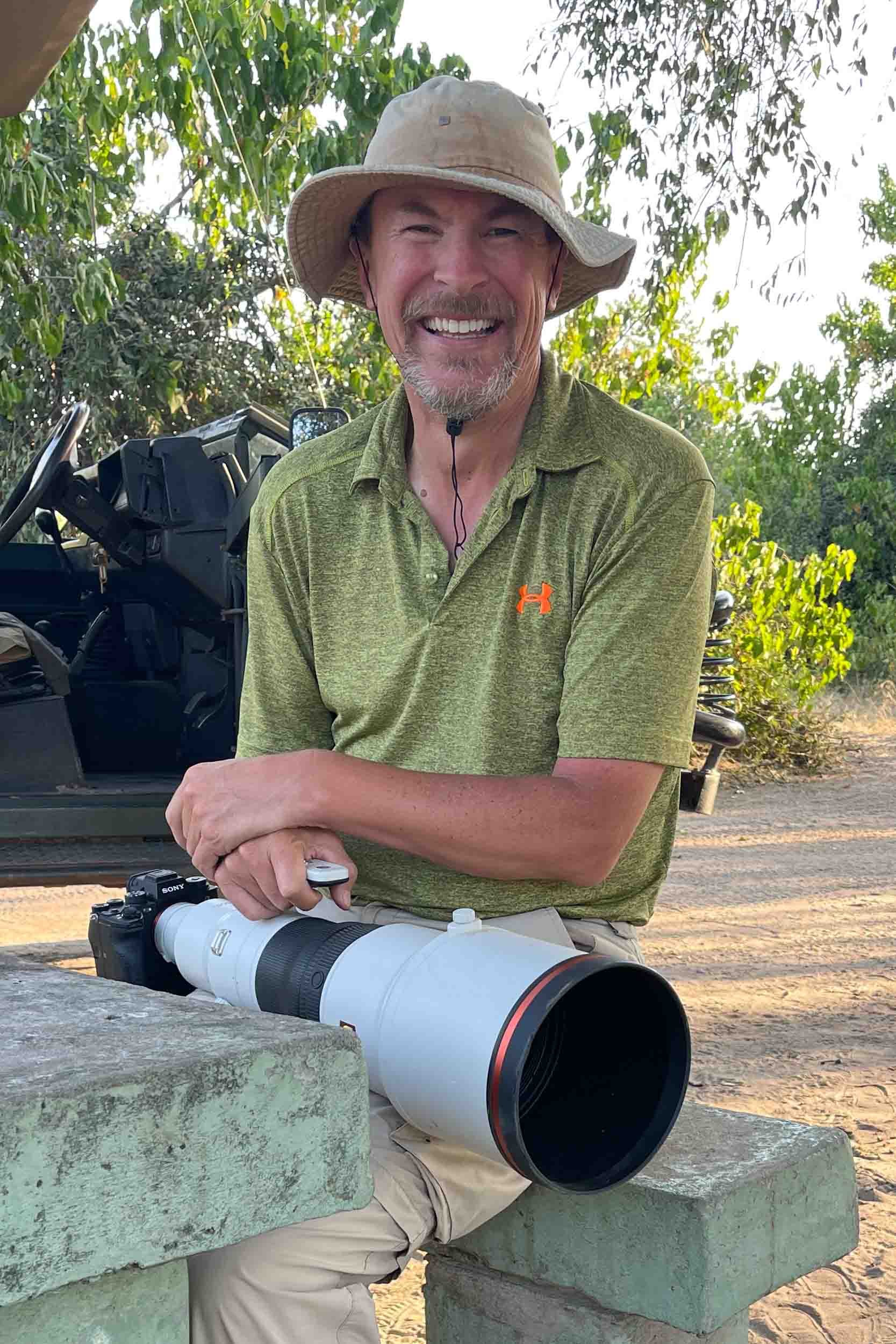
Learn by Limiting Yourself!
Gerry van der Walt recently mentioned a couple of interesting concepts. The first is ‘the Rut of Competence’. The second is that you can improve your creativity by limiting your options. These ideas are obviously related, but can you actually learn by limiting yourself…?
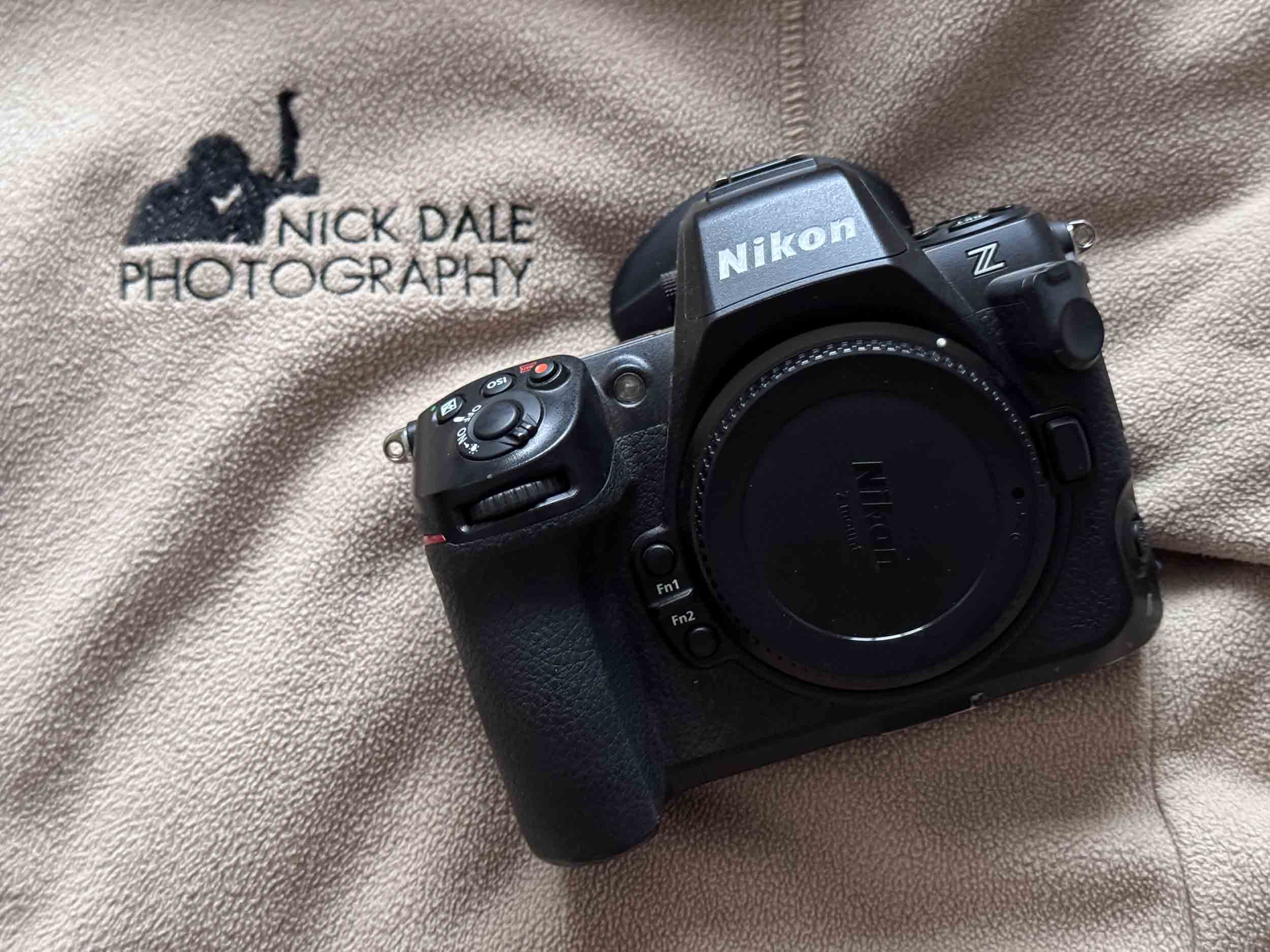
Camera Set-up for Nikon Z8 and Z9
If you read my Mix and Match article, you’ll know that I recently traded in one of my ⍺1 camera bodies for a new Nikon Z8 to benefit from Pre-Release Capture. Here’s a list of all my current settings.
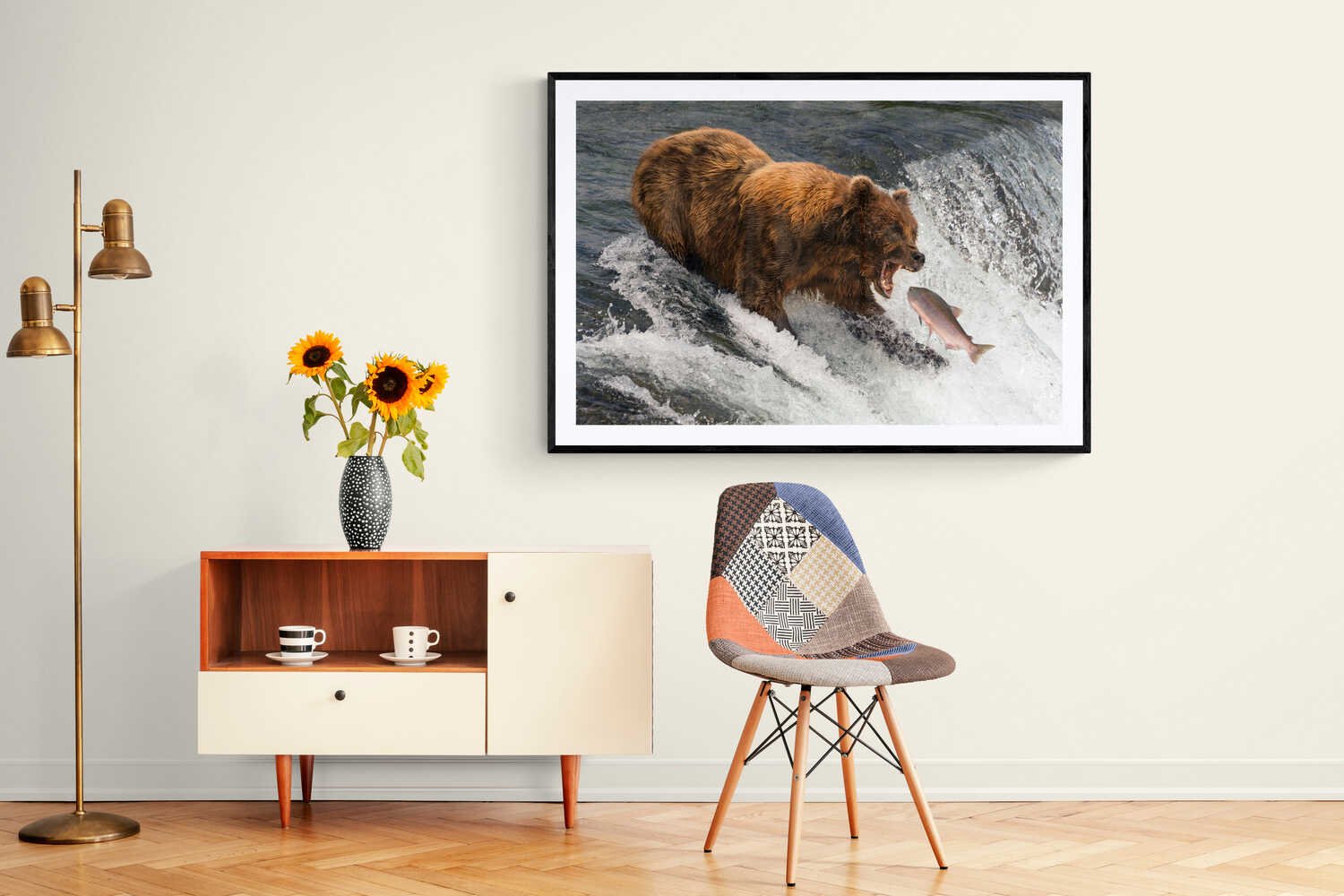
Sales and Marketing Tips for Wildlife Photographers
Let me just say right up front that I’ve never been very good at sales and marketing. I’ve had to learn on the job, but it’s been a frustrating experience—and very hard to measure success.
Here are various tools I’ve used myself over the last couple of years. I can’t guarantee they’ll work, but at least you’ll have a few ideas…!
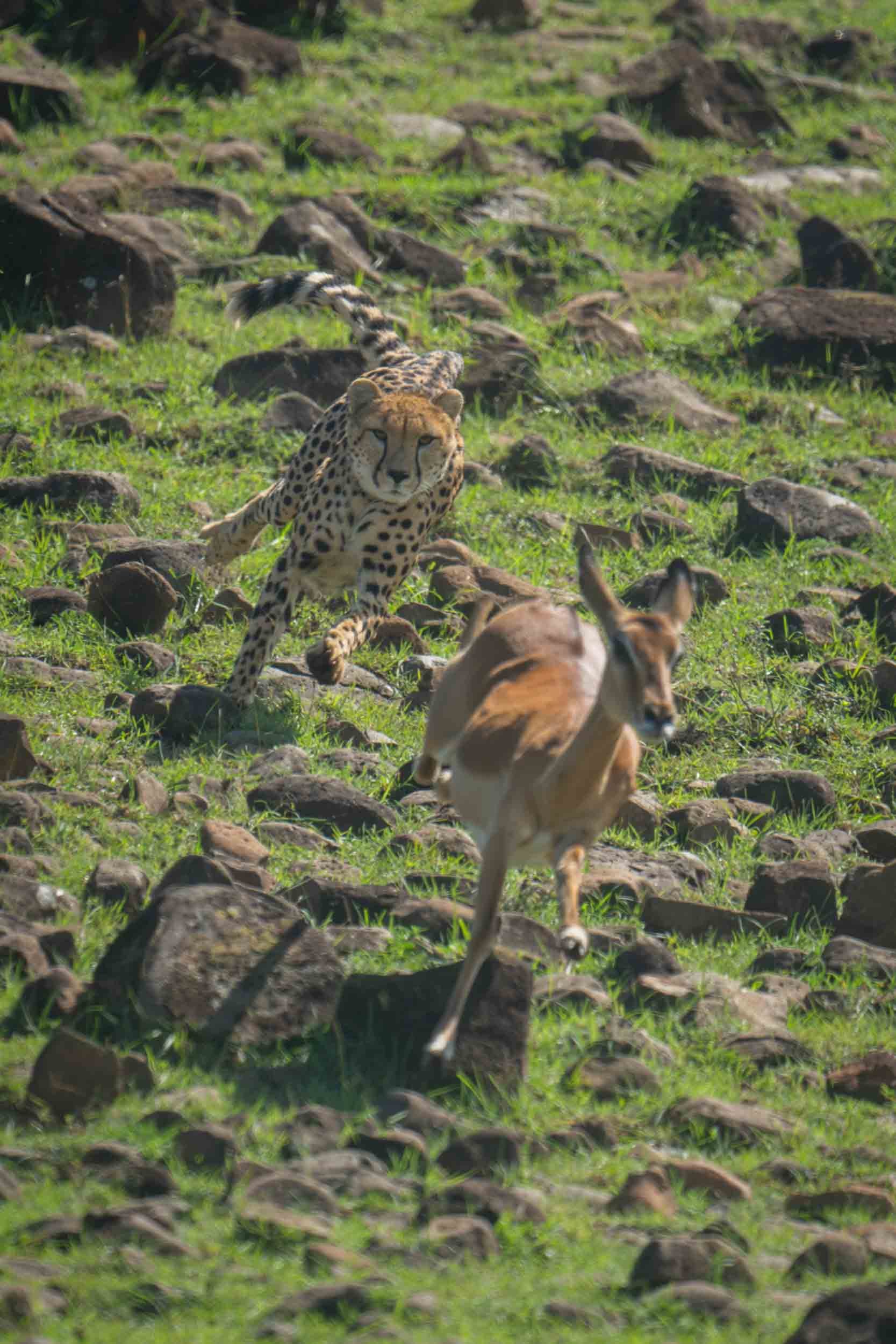
How to Photograph Cheetahs
I’ve taken more photos of cheetahs than any other animal, so I thought it was about time I wrote about how to do it! Whether you favour portraits or action shots, here’s an expert guide to improving your cheetah photography…
